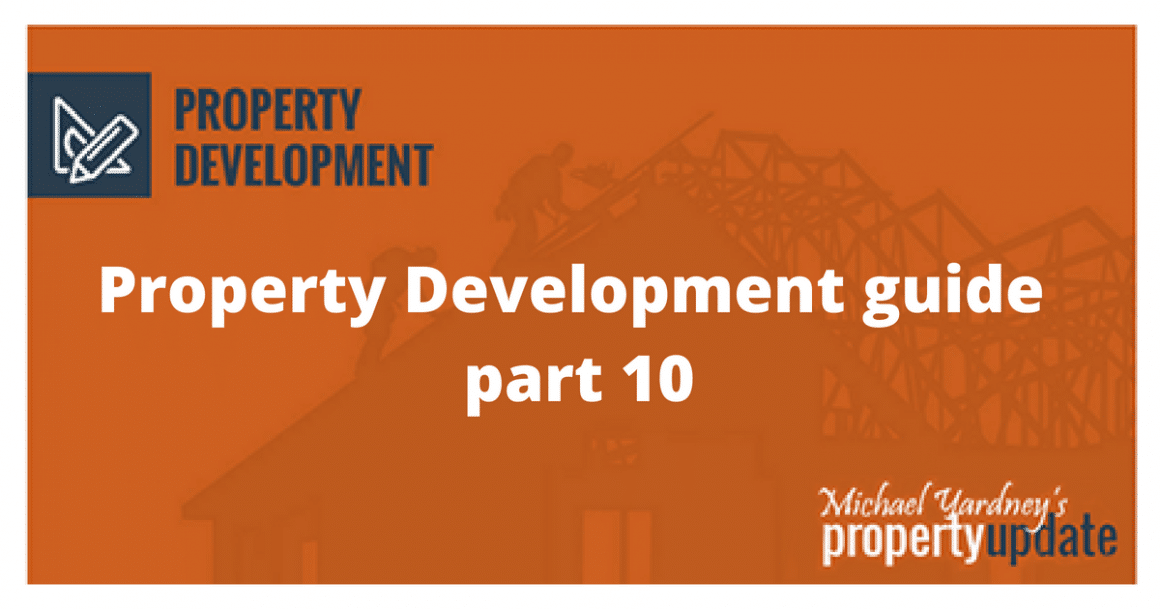Key takeaways
Housing values have surged since the onset of COVID. CoreLogic’s national Home Value Index (HVI) surged 32.5% between March 2020 and February 2024, adding approximately $188,000 to the median value of an Australian dwelling.
Despite the strength in the headline figures, the housing market has moved through distinct cycles punctuated by changes in policy, interest rates and demographic shifts.
Monetary policy has played a key role in both stimulating housing demand, but also temporarily quelling activity as interest rates rose from mid-2022.
Inflation surged on the back of unprecedented peacetime fiscal stimulus and low interest rates as well as global supply chain disruptions that were amplified by the war in Ukraine.
It was four years ago when the World Health Organisation declared COVID-19 a worldwide pandemic.
Since that time economic trends, including housing metrics, have been on a roller coaster ride.
Although lockdowns and the uncertainty of vaccination programs are well behind us, the legacy of COVID will be with us for a long time yet.
This report provides a retrospective of housing and peripheral economic and demographic trends through the pandemic to date.
Housing values
Nationally, home values have surged 32.5% since the onset of COVID-19, adding approximately $188,000 to the median value of a home.

House values have increased by more than double the amount of units, up 37.9% and 16.5% respectively since March 2020.

The significant difference in growth rates reflects a newfound preference for ‘space’ through the pandemic, especially across the capital cities where the difference in growth between house and unit values was the most pronounced.
A similar contrast was evident between regional and capital city housing markets, with growth in regional housing values substantially outstripping growth in capital city values, particularly through the first two years of the pandemic.
Regional dwelling values have increased by 47.6% (approx. $197,300) since March 2020 compared with 28.5% (approx. $186,900) in capital city dwelling values.
Across the broad regions of the country, Adelaide and Regional South Australia have recorded the most significant increase in dwelling values, rising 55.3% and 54.2% since March 2020.

The capital cities and regional markets of Queensland and Western Australia also stand out with values rising more than 50% through the pandemic to date.

At the other end of the spectrum is Melbourne where values are up by ‘only’ 11.0%.

The subdued performance across Melbourne can be attributed to more frequent lockdowns through the pandemic alongside weak demographic trends.
Although overseas migration remains extremely high across Victoria, interstate migration remained in negative territory based on data from June last year.
Interest rates
Changes in monetary policy and subsequently mortgage rates have been a key factor influencing housing trends.
The cash rate was already low leading into the pandemic, recorded at just 0.75% in February 2020.

The cash rate was slashed to just 0.1% by November 2020 and the average variable mortgage rate on a new owner-occupier loan reached a low of 2.41% in April 2022.
Three-year fixed rates fell even lower, finding a low point of 1.95% for owner-occupier loans in May 2021.
Such low fixed mortgage rates saw an unprecedented swing in RBA cash rate target and pre-COVID averages.

A large portion of these fixed-rate borrowers saw their loan terms expire through the second half of last year.
Despite concerns around the fixed rate ‘cliff’ mortgage arrears have held well below their pre-pandemic levels.
Interest rates have been on an upward trajectory since May 2022, with the cash rate rising beyond the pre-COVID 20-year average, reaching 4.35% in November last year.
Inflation
Inflationary pressures were well under control leading into the pandemic, mostly tracking below the RBA’s target range of 2-3% between late 2014 and 2020.

The onset of COVID saw inflation temporarily fall amid lockdowns and plunging confidence, however, inflation surged through the second half of 2020.
The quarterly trend peaked in March 2022 and the annual trend found a high point in December 2022 at 7.8%.
Early drivers of the inflationary trend were costs of household furnishings and equipment which peaked at 16.9% in mid-2021.
Transport costs surged, peaking at 13.7% in early 2022.
Housing inflation, including the cost of new buildings, rents and utilities peaked at 10.7% through the final quarter of 2022.

Unprecedented levels of peacetime stimulus, including fiscal support and a sharp drop in interest rates, the war in Ukraine, disruptions to global supply chains and strengthening global demand as COVID-related restrictions eased were all factors contributing to this recent period of high inflationary pressures.
Although inflationary pressures are now clearly easing, services inflation remains ‘sticky’, especially insurance and financial services and housing costs (especially rents).
The RBA is forecasting headline inflation won’t fall within the target range until 2025.





